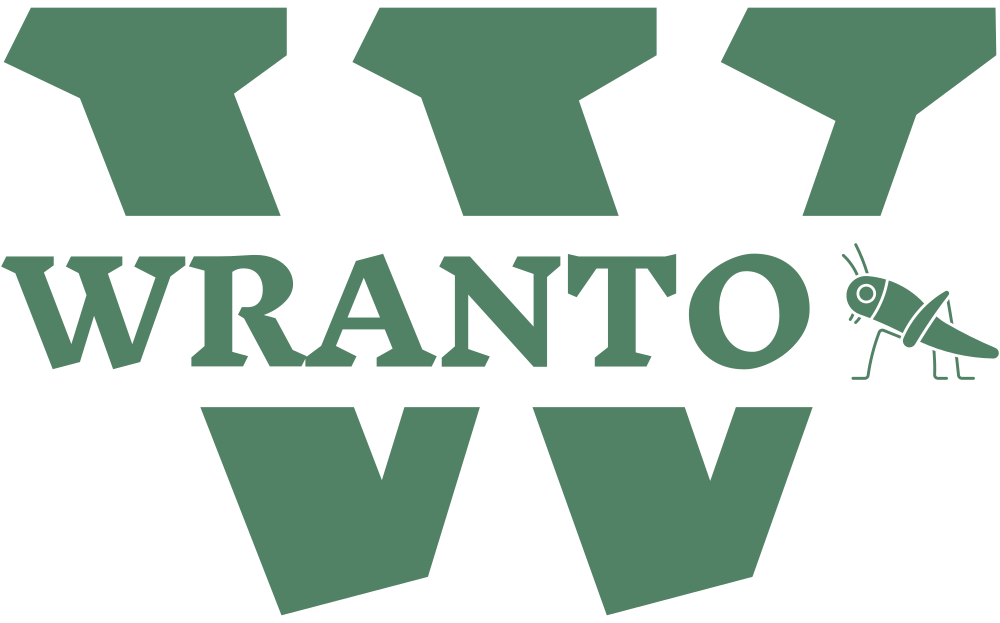Easy Steps To Learn .

Featured Highlighted Categories
You'll discover all of the most up-to-date bring innovative here.
Explore the Java universe: from core concepts to best practices to cutting-edge frameworks and libraries.
Unlock the full potential of Spring Boot, the industry-leading framework for Java application development
If you want to deep dive into docker, kubernates, AWS ECS and Openshift, you are just one click away
Read more
Show moreThe Most Recent and Exciting News
Do you want to be creative? Subscribe to Our Newsletter!* We promise that we don't spam !
Design by - Blogger Templates |
Free website hits
Distributed by Free Blogger Templates







%20taking%20a%20precise%20order%20from%20a%20.webp)




.png)


.webp)
.webp)
.webp)